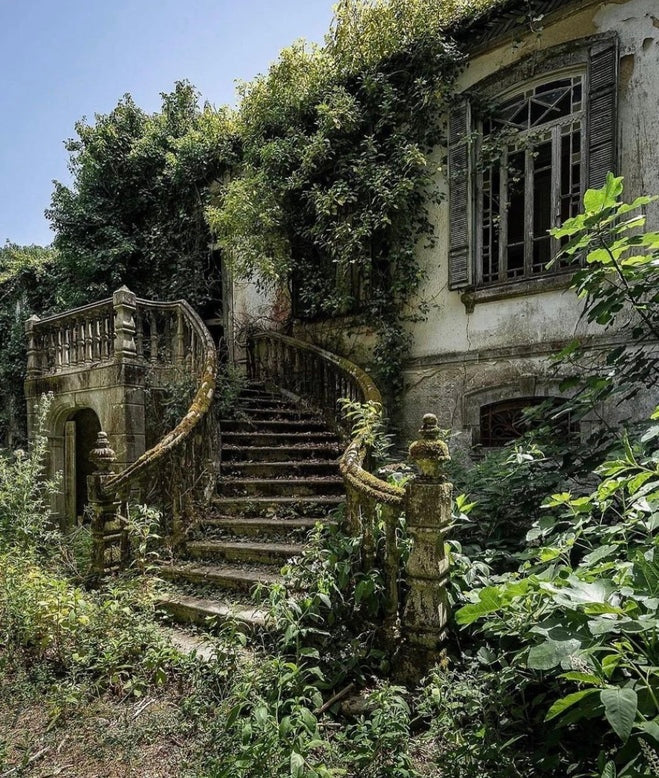Explore the Top 5 must-visit urbex sites in Toronto: discover abandoned locations filled with mystery and history, perfect for urban explorers.
Toronto, Canada's largest city, is a blend of modern skyscrapers and historic architecture. For urban explorers (Urbex enthusiasts), the city offers a variety of sites that reflect its rich industrial past and architectural heritage. While it's essential to respect laws and private property, there are several locations that provide the thrill of exploration without trespassing. Here are the top five must-visit Urbex sites in Toronto.
1. The Distillery District
Originally founded in 1832, the Distillery District is a historic area that was once home to the Gooderham and Worts Distillery, the largest distillery in the British Empire. The district features over 40 heritage buildings and is the largest collection of Victorian Industrial architecture in North America. Today, it's a pedestrian-only village filled with art galleries, boutiques, and restaurants. Urban explorers can wander the cobblestone streets, admire the restored industrial buildings, and appreciate the blend of old and new.
2. Evergreen Brick Works
Located in the Don River Valley, Evergreen Brick Works was once a quarry and brick factory that operated for nearly 100 years. Now transformed into a community environmental center, it offers a unique mix of natural and industrial landscapes. Visitors can explore the old kilns, graffiti art, and surrounding trails. The site hosts farmers' markets, workshops, and art installations, making it a vibrant space for exploration.
3. Guild Park and Gardens
Guild Park and Gardens is a hidden gem on the Scarborough Bluffs, featuring an outdoor sculpture garden filled with architectural fragments from demolished buildings in downtown Toronto. The park preserves the remnants of the city's past, including ornate columns, arches, and facades. It's an open public space where urban explorers can walk among the ruins and enjoy the fusion of art, history, and nature.
4. The R.C. Harris Water Treatment Plant
Known as "The Palace of Purification," the R.C. Harris Water Treatment Plant is an operational facility and an architectural marvel. Built in the 1930s, it showcases Art Deco and Stripped Classical styles. While access inside the building is restricted due to its operational status, the exterior grounds are open to the public. The site offers stunning views of Lake Ontario and is a popular location for photography and film shoots.
5. Lower Bay Station (Bay Lower Subway Station)
Lower Bay Station is an abandoned subway station beneath the active Bay Station. Used for only six months in 1966, it's now closed to the public but occasionally opens for special events like Doors Open Toronto or film shoots. While general access is prohibited, attending sanctioned events provides a legal and safe way to explore this underground relic and experience a piece of Toronto's transit history.
Discover the best places in Urbex with our maps !
Are you looking for the best urbex locations near you? Look no further! Whether you're a seasoned urban explorer or a curious hobbyist, our maps are full of abandoned places to explore. Discover our Maps !












